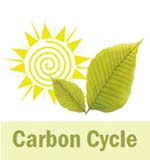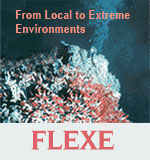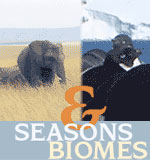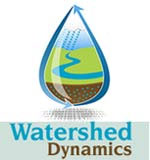Earth System Science Projects (ESSPs)
Earth System Science Projects
GLOBE projects provide student research experiences to explore and learn about Earth through a network of students, teachers, and scientists. GLOBE projects are grounded in real science embedded in an inquiry-based, collaborative approach. NSF and NASA funded a unique set of GLOBE projects, collectively called the Earth System Science Projects, bringing hands-on, primary and secondary school-based science activities integrating cutting edge Earth system science research into the GLOBE Program.
Carbon Cycle"Carbon: the building block of life." You may have heard this phrase, but have you understood what it really means? Carbon is the most abundant element in living things and accounts for approximately 50% of the total mass of plants and animals. Carbon is also present throughout the Earth system. Through field exercises, computer modeling, and remote sensing, primary and secondary teachers and students will gain knowledge about current carbon cycle research, develop strong analytical skills, and increase their overall environmental awareness. |
|||
Extreme Environments (FLEXE)How extreme is the deep sea? What does it take to flourish along a mid-ocean spreading center 2500 meters below sea level? The deep sea is the largest environment on Earth – characterized by crushing pressure, near freezing temperatures, and no light. Hot hydrothermal vents and cold hydrocarbon seeps found on the seafloor host lush communities of animals. Students gain an understanding of local and the deep-sea environments, the interconnected Earth system, and the process of science by collecting data from their local environment and comparing it with data from an extreme deep-sea environment. |
|||
|
|||
|
|||









